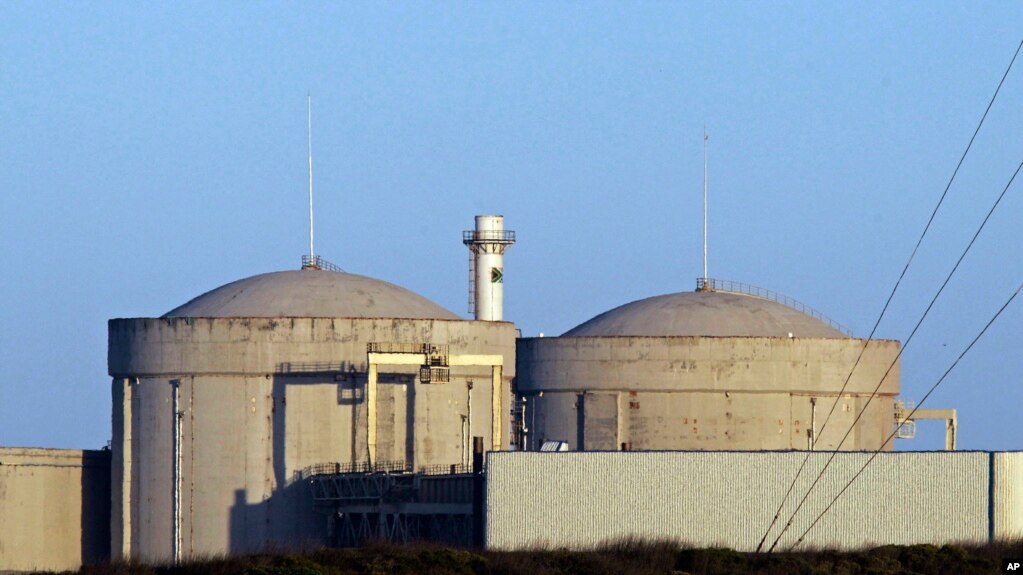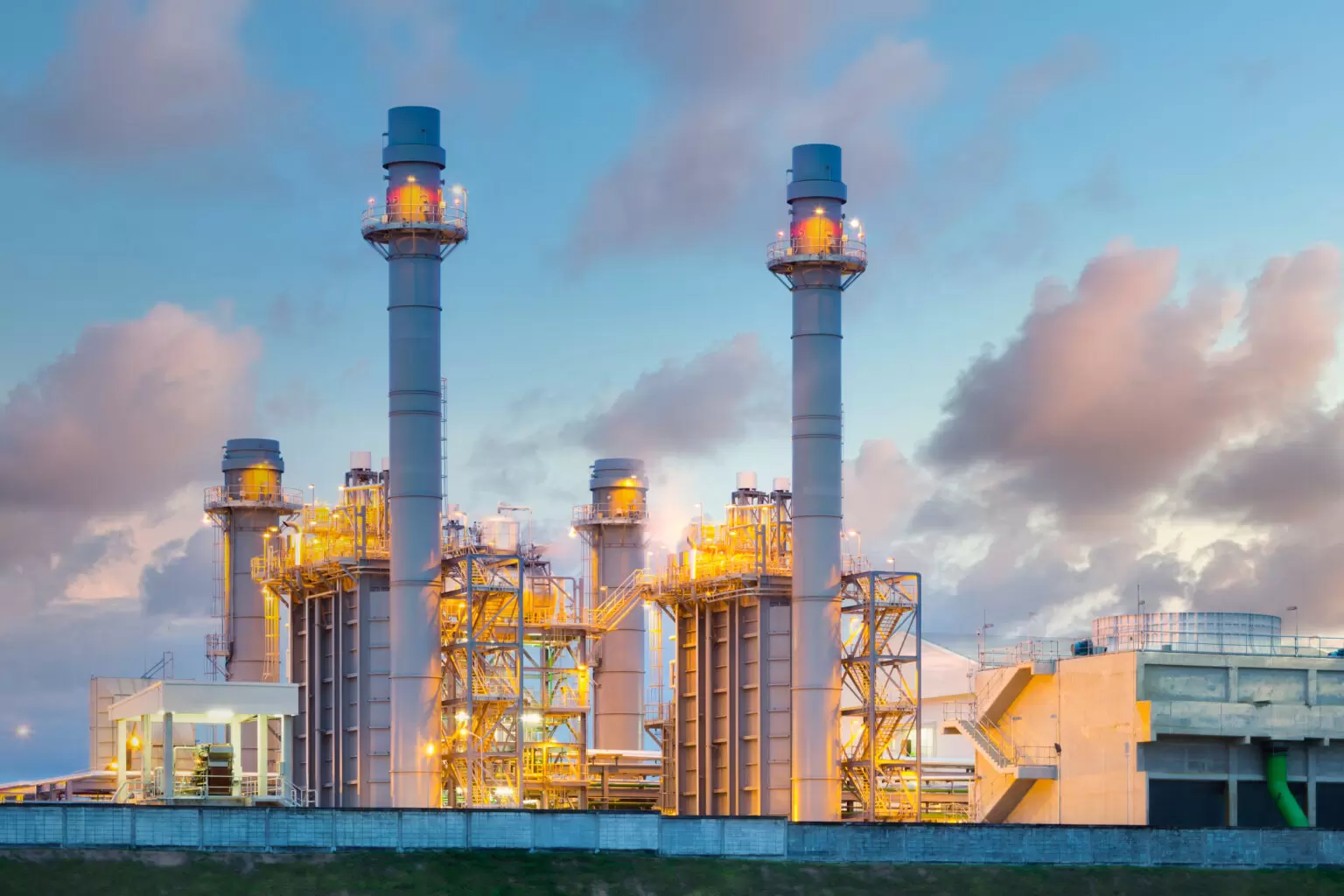By Thuita Gatero, Managing Editor, Africa Digest News. He specializes in conversations around data centers, AI, cloud infrastructure, and energy.
South Africa has unveiled an ambitious new energy roadmap that aims to wean the country off coal and revive a long-abandoned nuclear project, a plan officials describe as the biggest investment in the nation’s post-apartheid era.
Under the revised Integrated Resource Plan (IRP), approved by the cabinet last week, the government intends to invest $120 billion in energy infrastructure by 2042. The blueprint will dramatically increase the share of nuclear and gas power to 16% of total generation capacity up from just 3% today while cutting coal’s dominance to 27%.
“This is the single biggest investment programme of the post-apartheid era,” Energy Minister Kgosientsho Ramokgopa told reporters. “It will ensure that we achieve energy security.”
For decades, South Africa’s electricity system has been crippled by aging coal plants and mismanagement at state utility Eskom, leading to years of rotational blackouts that have choked businesses and stunted growth.
Although the crisis has eased in recent months, the government is under pressure to deliver a reliable and cleaner power mix while meeting its commitment to net-zero electricity emissions by 2050.
The IRP maps how Pretoria intends to get there balancing economic growth, climate targets, and energy security.
At the heart of the new plan is the revival of a modular nuclear reactor programme, first proposed in 1999 as part of the Pebble Bed Modular Reactor (PBMR) project.
Unlike traditional massive nuclear plants, modular reactors are smaller, factory-built units that can be assembled on site. They are designed to be safer, easier to scale, and cheaper to maintain, part of a new wave of so-called small modular reactors (SMRs) being explored in the UK, Canada, and the US.
South Africa spent nearly $1 billion developing the PBMR before shelving it in 2010 due to soaring costs and lack of buyers, a move that left the project as one of the country’s most expensive “sunk costs” in energy history.
Now, global sentiment on nuclear energy is shifting. “Fourteen of the world’s top financing institutions have committed to financing nuclear going into the future,” Mr Ramokgopa said. “We’re not restricted to a small boutique of funders anymore.”
Financing typically involves a mix of state guarantees, international loans, and public-private partnerships (PPPs), models used to fund similar projects in Europe and Asia.
The IRP also doubles down on natural gas as a key transition fuel, aimed at stabilising the grid as renewable capacity grows. Officials say gas will provide a flexible backup to intermittent solar and wind power, particularly during evening peaks.
Read Also: Is Climate Change a Con Job?
However, environmental groups have already signalled resistance.
“This plan risks locking South Africa into more fossil fuels,” warns Liziwe McDaid, strategic lead at The Green Connection, an environmental NGO that has successfully challenged several coal and gas projects in court. “We should be accelerating renewables and community-owned energy instead.”
Civil-rights groups in South Africa often challenge energy projects on environmental, social, or procedural grounds from poor public consultation to water use and emissions. Experts say avoiding another courtroom battle will require transparency, rigorous environmental impact assessments, and genuine community engagement.
“It’s not enough to announce big numbers,” says one Johannesburg-based energy analyst. “People want to see credible plans, how the projects will be financed, how waste will be managed, and how ordinary citizens will benefit.”
South Africa remains Africa’s only nation with an operational nuclear plant, Koeberg, near Cape Town but it may not stay that way for long.
Egypt is building its first reactor with Russian support, Rwanda has signed agreements for small nuclear demonstrations, and several other nations are exploring modular designs as part of their energy transition plans.
While renewables dominate most of Africa’s future generation targets, nuclear energy is quietly making a comeback as part of the global drive toward decarbonisation and Pretoria wants to be at the front of that shift.
If successful, the IRP could mark a historic turning point, shifting South Africa from chronic blackouts to energy stability, while positioning it as a regional leader in low-carbon technology.



